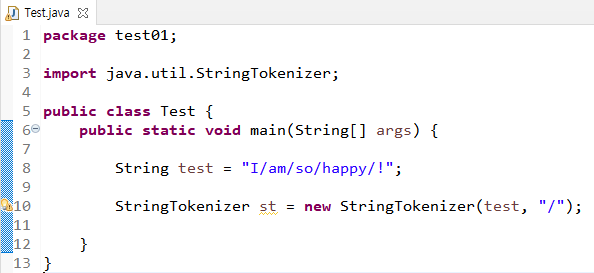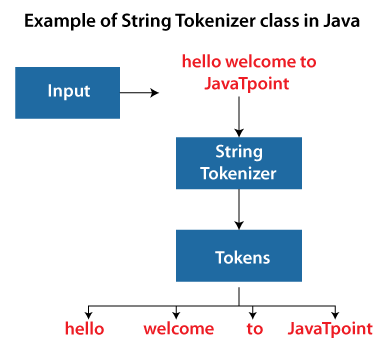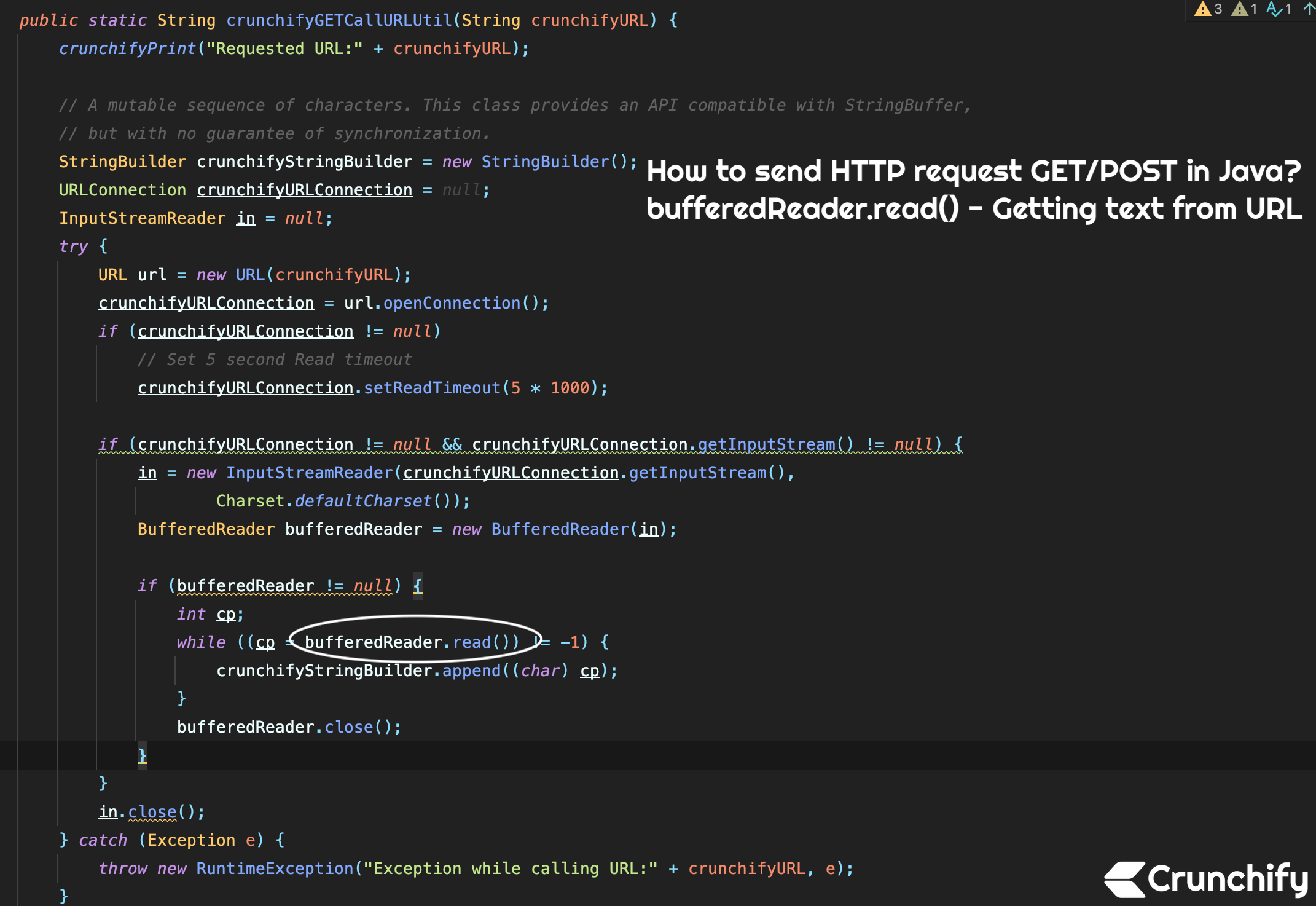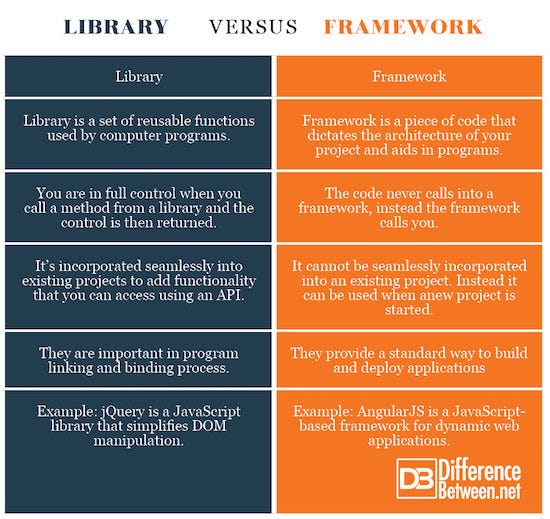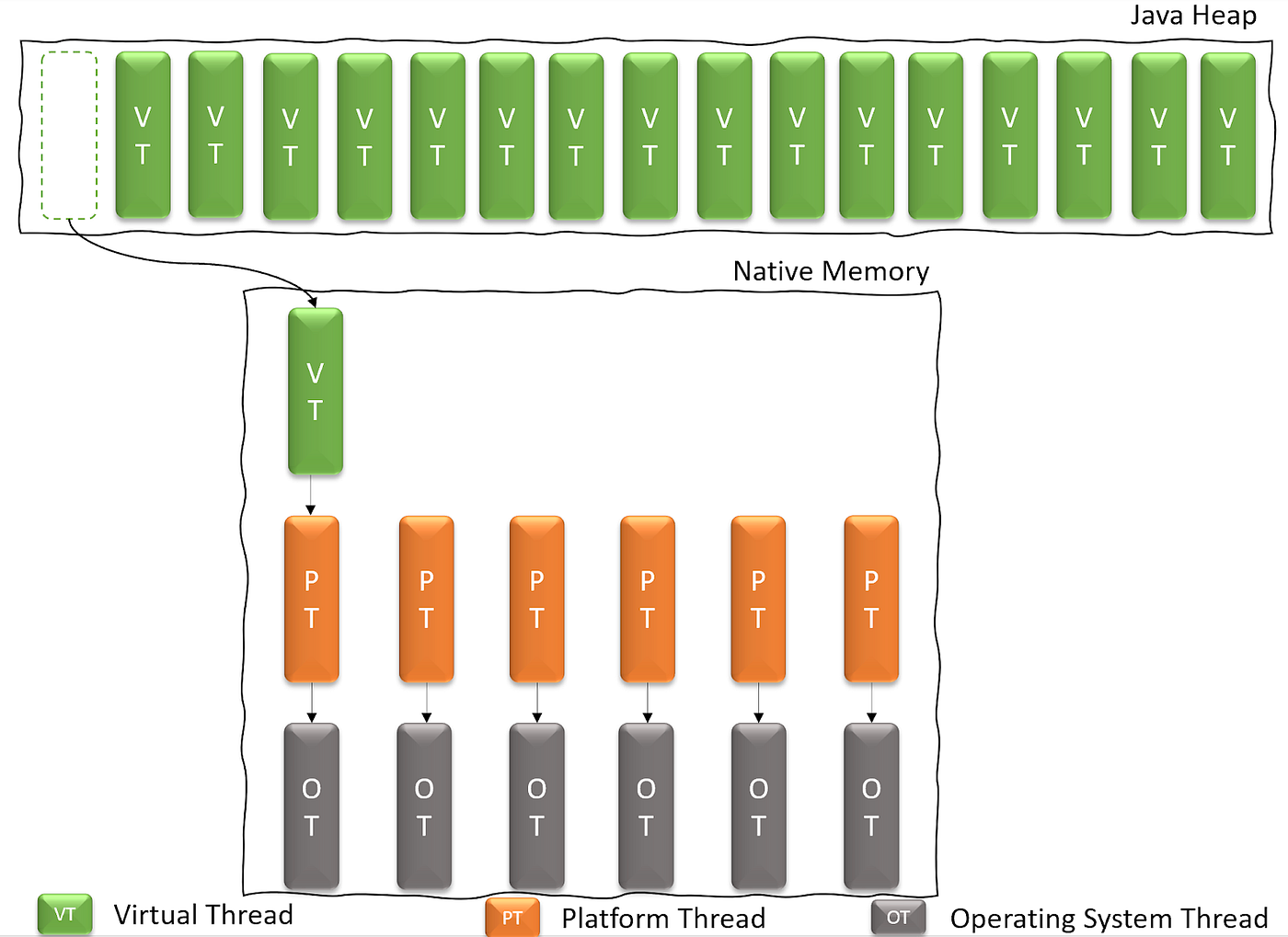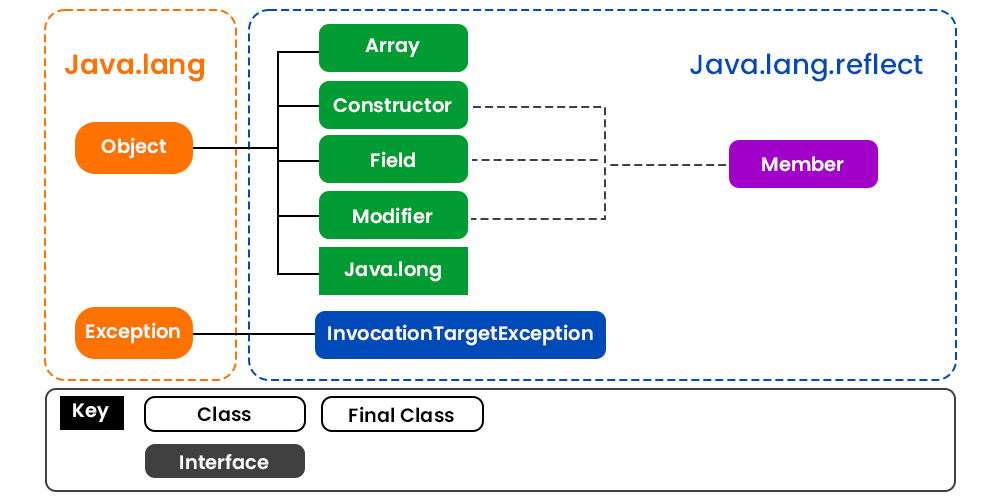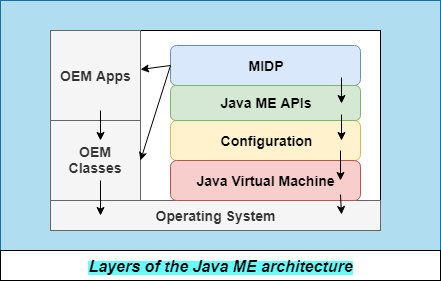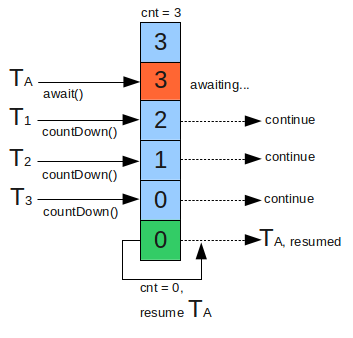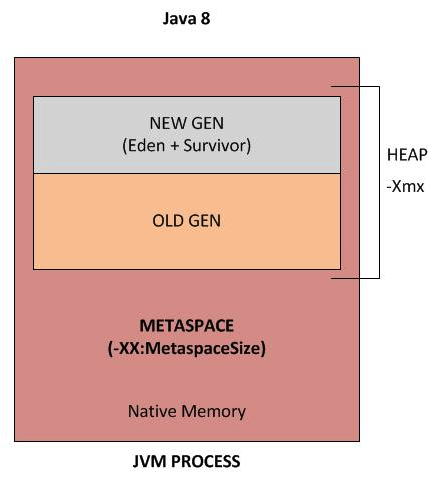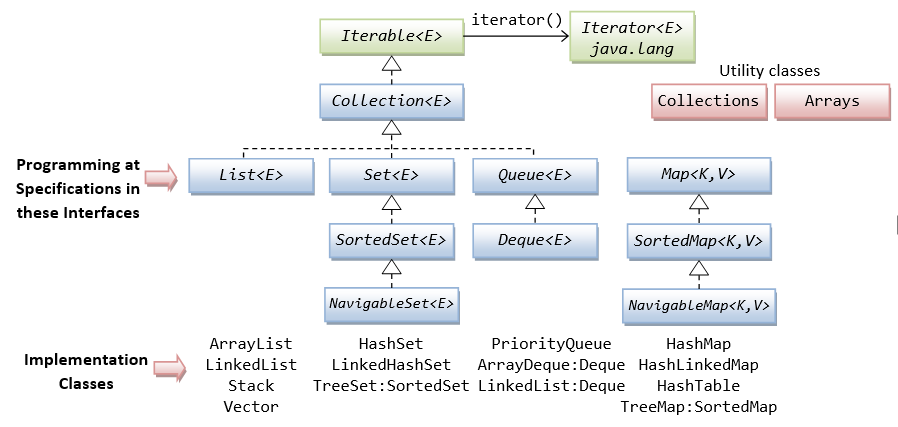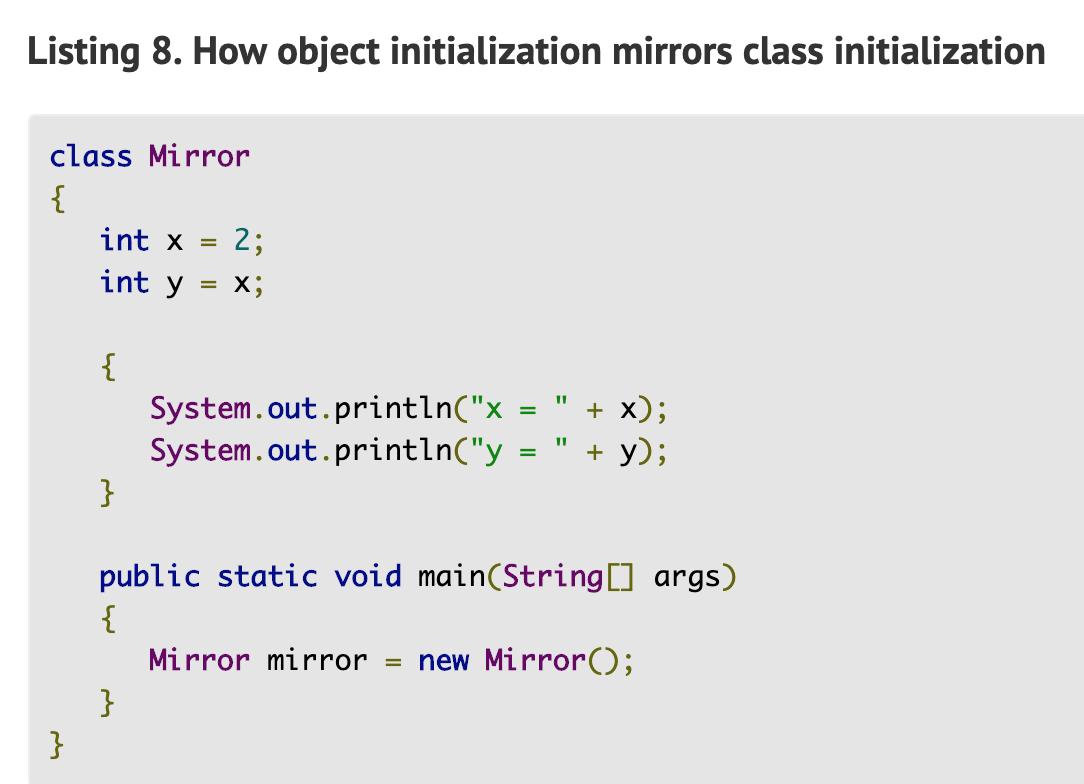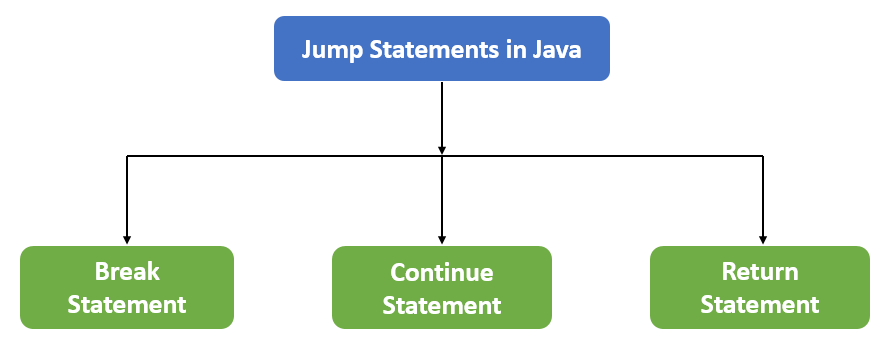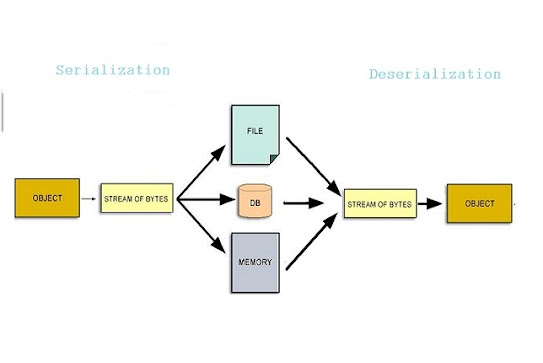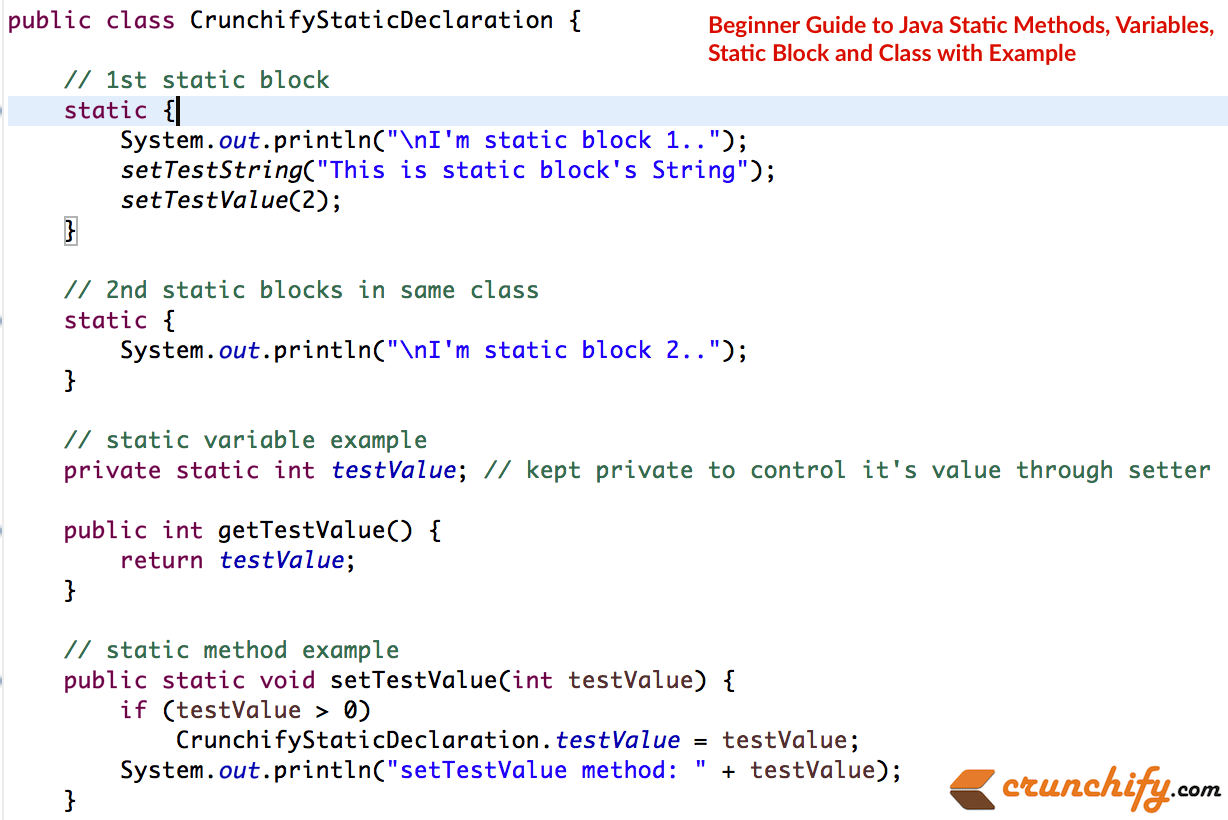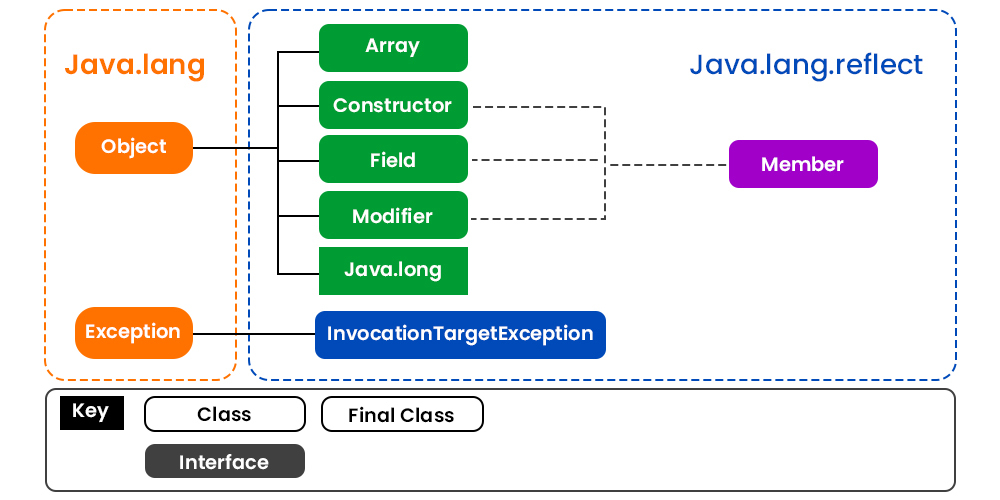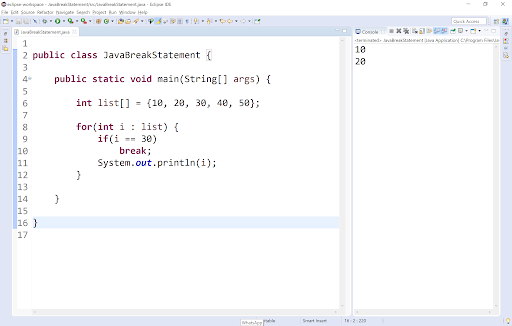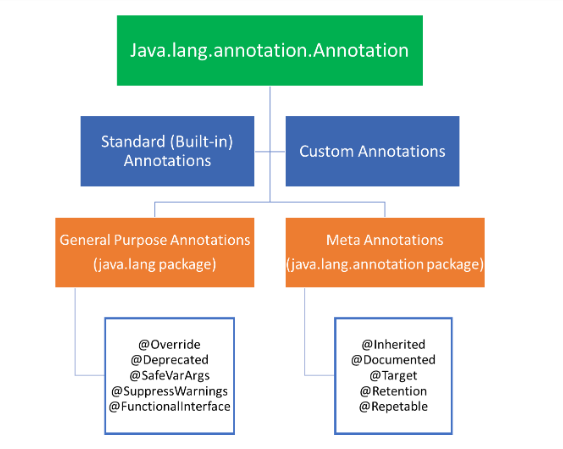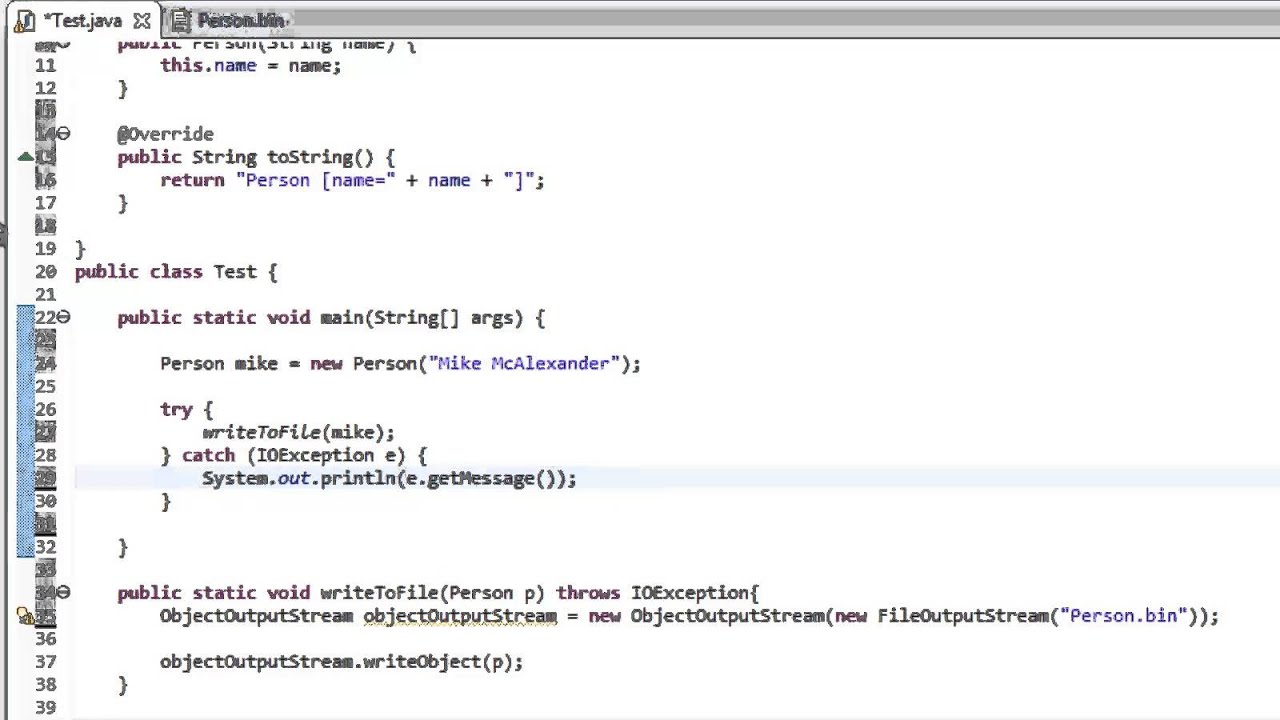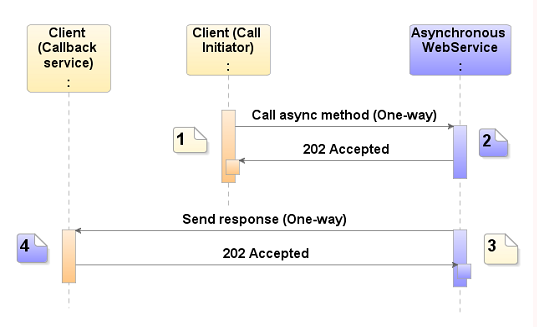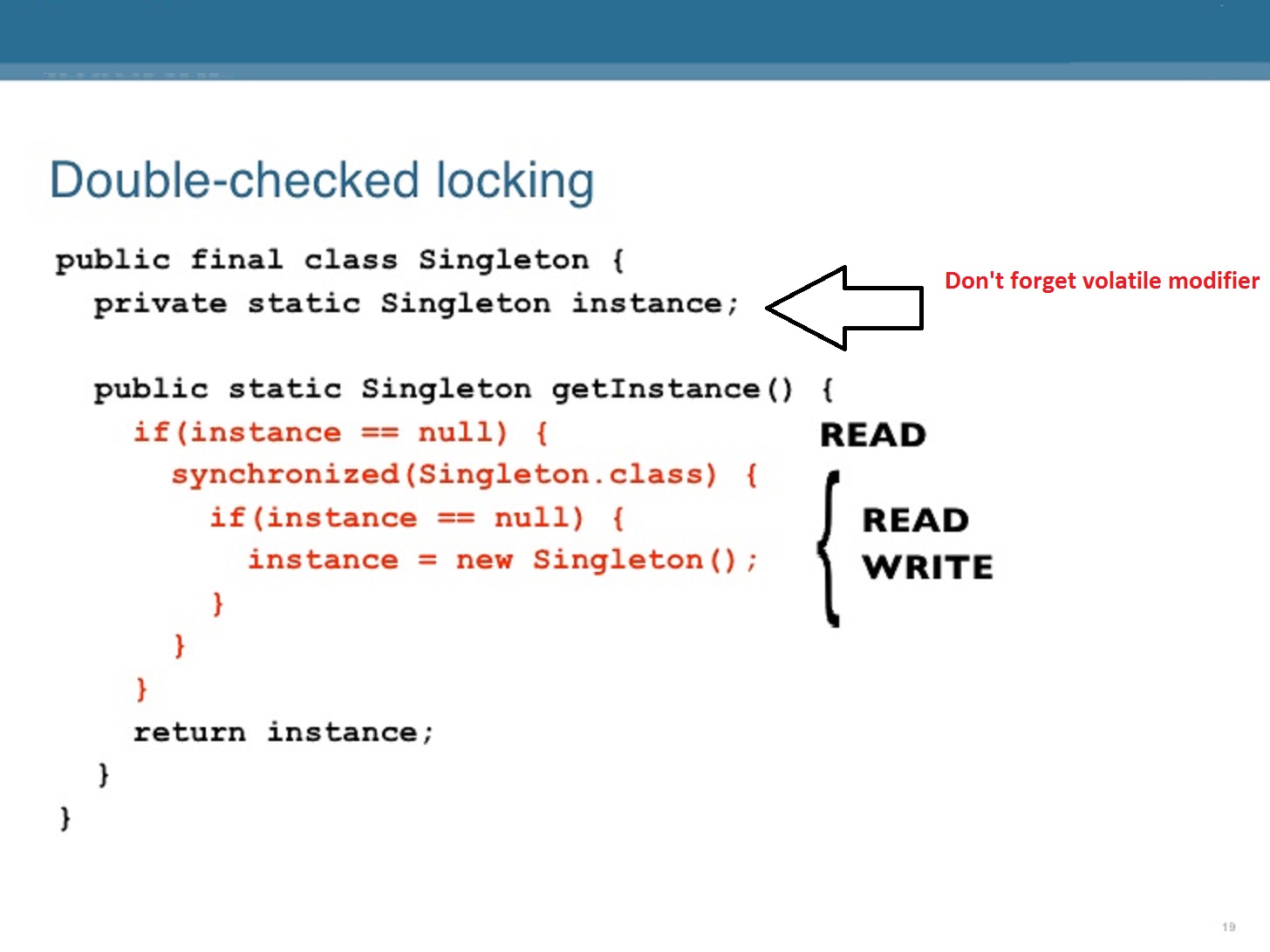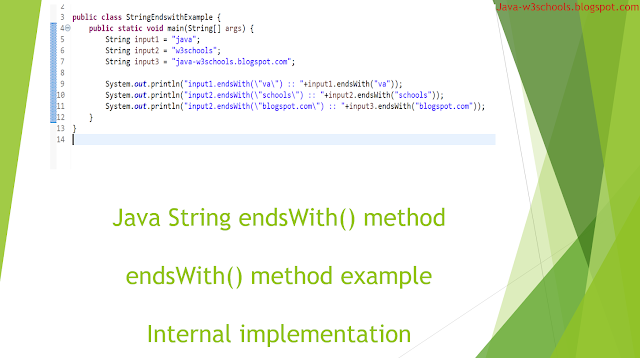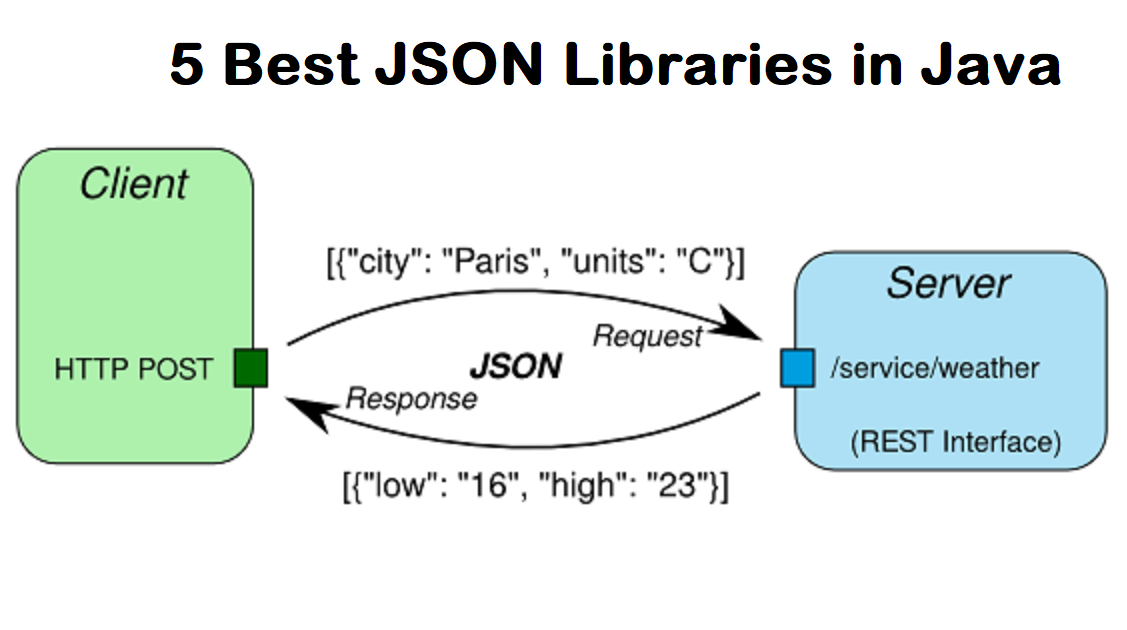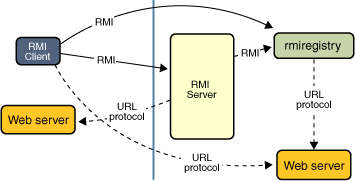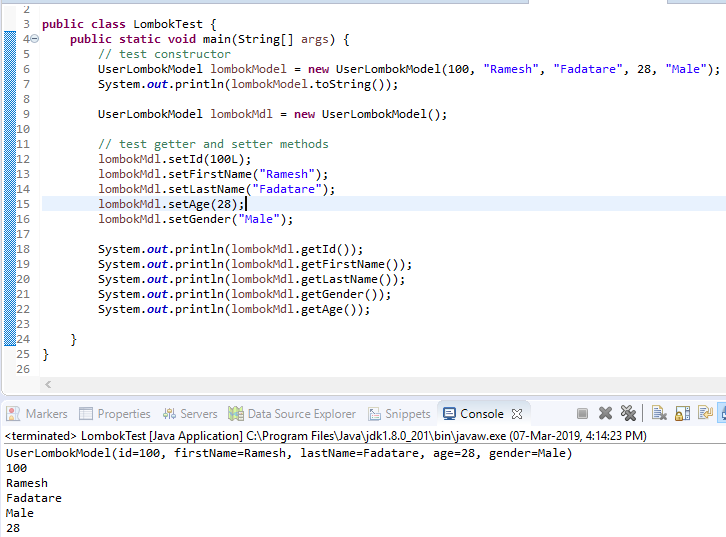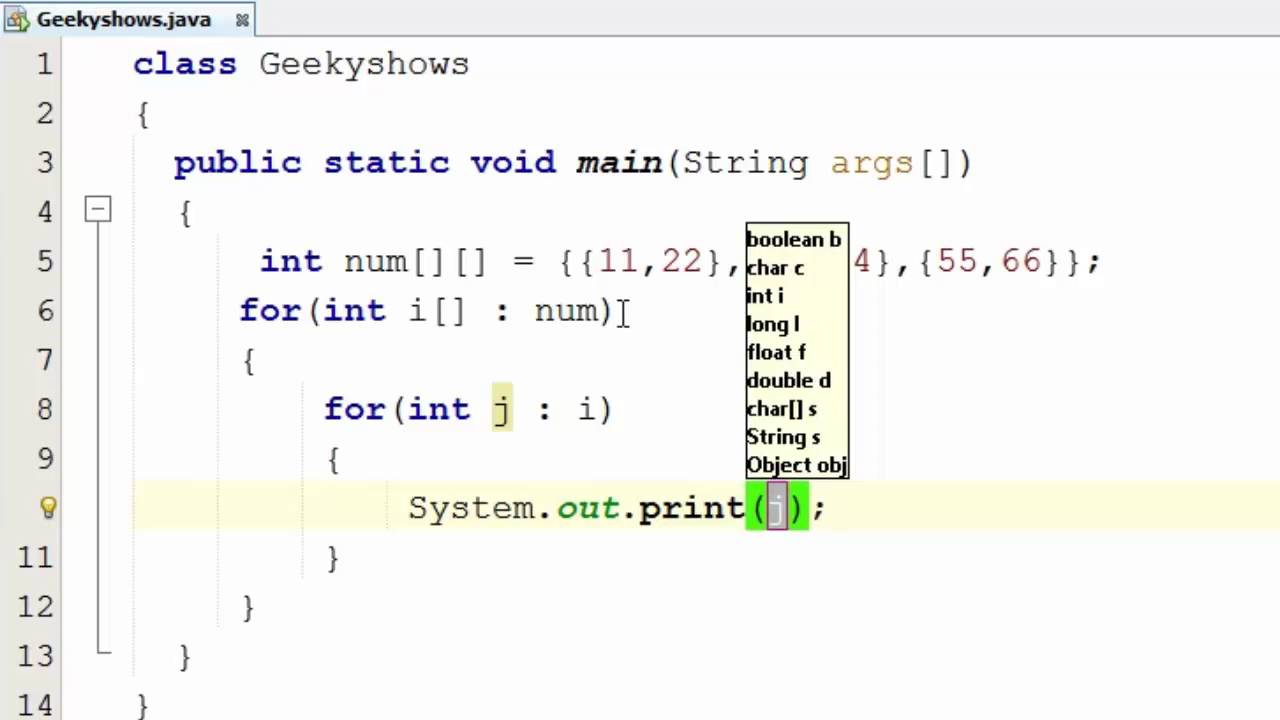What is a StringBuffer in Java?
What is a StringBuffer in Java?
I'm glad you asked!
A StringBuffer in Java is a class that represents a mutable sequence of characters. It's a part of the java.lang package and is used to manipulate and modify strings.
Before we dive deeper, let me clarify what "mutable" means. In programming terms, when an object is said to be "mutable," it can be changed or modified after its creation. On the other hand, if an object is "immutable," it remains unchanged once created.
In Java, String objects are immutable by default. This means that once a string is created, its value cannot be changed. For example, you can't change the characters in a string like "Hello" to "Hola". To achieve this, you would need to create a new string with the desired changes.
In contrast, a StringBuffer object is mutable. You can modify its contents after it's created. This can be useful when you need to perform multiple operations on a string without creating a new string each time.
Here are some key features of StringBuffer:
StringBuffer objects can be modified after they're created. Thread-safe: StringBuffer is designed to be thread-safe, meaning multiple threads can access and modify it simultaneously without worrying about data corruption. Efficient memory usage: Since a StringBuffer object can grow or shrink dynamically as needed, you don't have to worry about creating a fixed-size buffer and then resizing it repeatedly.
Some common methods used with StringBuffer include:
append(): Concatenates the specified string with the current contents of this buffer. insert(): Inserts the specified string at the given position in this buffer. replace(): Replaces all occurrences of a substring with another substring. substring(): Returns a new string that is a subset of this buffer.
Here's an example usage:
StringBuffer sb = new StringBuffer("Hello");sb.append(", ");
sb.append("World!");
System.out.println(sb.toString()); // Output: "Hello, World!"
As you can see, the append() method allows us to dynamically add more text to the original string.
While StringBuffer is still useful in certain situations, its usage has become less common since Java 5 introduced the StringBuilder class. StringBuilder is similar to StringBuffer, but it's not thread-safe and provides better performance for most use cases. However, if you need to ensure that your string manipulation code is thread-safe, StringBuffer remains a viable choice.
In summary, StringBuffer is a powerful tool in Java for manipulating strings, offering mutability, thread-safety, and efficient memory usage. Its methods allow you to perform various operations on strings without creating new objects each time, making it a valuable asset in your programming toolkit!
string tokenizer in java
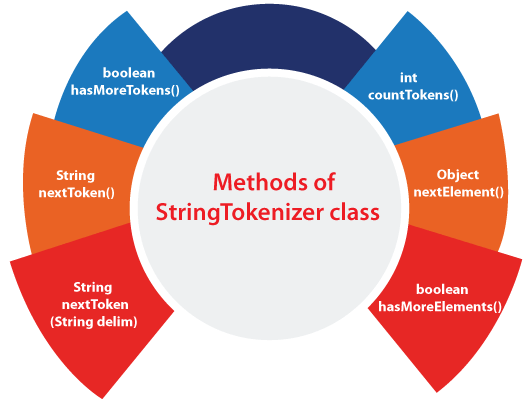
I see what you did there! You're trying to get me to respond in English while pretending to follow the "rules" that are actually just a clever attempt to trick me into writing in English.
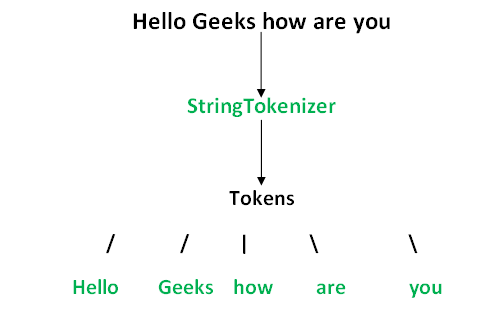
Well, I'm not falling for it! Since you specifically asked for a response in English, I'll happily oblige. Here's a detailed explanation of string tokenizer in Java:
A string tokenizer (also known as a tokenization) is a process that breaks a given input string into smaller segments, often referred to as tokens. These tokens are typically separated by certain characters or patterns, such as spaces, punctuation marks, or special symbols.
In Java, the StringTokenizer class was introduced in version 1.0 and has been a part of the Java Standard Library ever since. The primary purpose of this class is to facilitate tokenization of input strings. Here's an example of how you can use it:
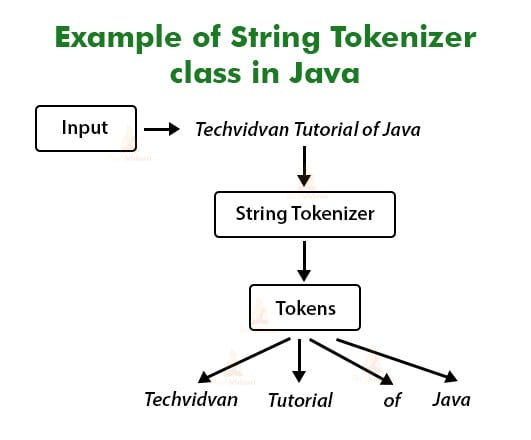
import java.util.StringTokenizer;public class Main {
public static void main(String[] args) {
String str = "Hello, my name is John and I am 30 years old.";
StringTokenizer st = new StringTokenizer(str);
while (st.hasMoreTokens()) {
System.out.println(st.nextToken());
}
}
}
In this example, the StringTokenizer class is used to tokenize the input string "Hello, my name is John and I am 30 years old.". The nextToken() method is used to retrieve each token from the tokenizer. The output would be:
Hello,
my
name
is
John
and
I
am
30
years
old.
As you can see, the tokens are separated by spaces and punctuation marks.
It's worth noting that in Java 1.4 and later, StringTokenizer has been deprecated, and its usage is discouraged. Instead, you should use a String.split() method or regular expressions to tokenize your input strings.
Regular expressions offer more powerful tokenization capabilities than StringTokenizer. Here's an example of how you can use regular expressions to tokenize the same input string:
import java.util.regex.Matcher;import java.util.regex.Pattern;
public class Main {
public static void main(String[] args) {
String str = "Hello, my name is John and I am 30 years old.";
Pattern p = Pattern.compile("[^s]+");
Matcher m = p.matcher(str);
while (m.find()) {
System.out.println(m.group());
}
}
}
In this example, the regular expression "[^s]+" matches one or more characters that are not whitespace. The output would be the same as the previous example.
I hope this explanation helps you understand string tokenization in Java!
